
Starting June 1st, 2023 Our warehouse fee will be $0.65/cubic foot per month
In effort to lower the warehouse storage fee during inflation, we have went narrow aisle racking.This construction took us four months but the project is finally completed. With narrow aisle racking, we are able to drop storage by 24%.We as partners will go through this inflation together.
08/29/2024
Vietnam’s extensive coastline, which spans over 3,260 kilometers, positions the country as a crucial player in global maritime trade. The network of ports in Vietnam is instrumental in driving the nation's economic growth, facilitating the import and export of goods across the globe. This article delves into the vietnam sea port list, providing a detailed overview of the major ports in Vietnam that serve as key gateways for international trade. We will highlight the biggest port in Vietnam and explore other sea ports in Vietnam that are vital for the country’s import and export activities.
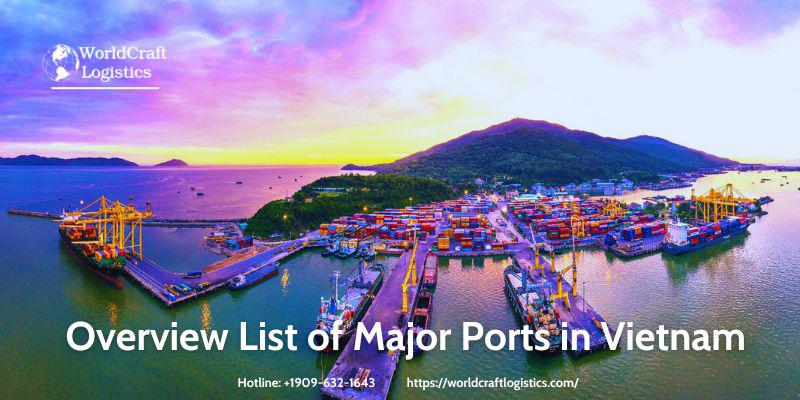
Vietnam's maritime infrastructure has undergone significant transformation over recent decades, driven by the nation’s rapid economic development and increased global trade participation. The country’s ports in Vietnam are equipped with modern facilities, capable of handling a wide range of cargo types, from raw materials to finished products. This comprehensive network of ports plays a critical role in linking Vietnam with global markets, supporting the country's robust export-driven economy.
Vietnam’s sea port in Vietnam system is strategically located along key shipping routes in Southeast Asia, making the country a pivotal node in international trade. These major ports in Vietnam serve as essential links for goods moving between the East and the West, with a steadily increasing volume of cargo passing through each year. The vietnam sea port list includes several ports that have developed into regional logistics hubs, serving not only Vietnam but also neighboring countries.
Did you know that China's ports play an important role in the country's economy, as well as being the main gateway for international trade and a major hub in the global supply chain in general and Vietnam in particular? Let's take a look at the largest seaports in China (List updated 2024) by Worldcraft Logistics.
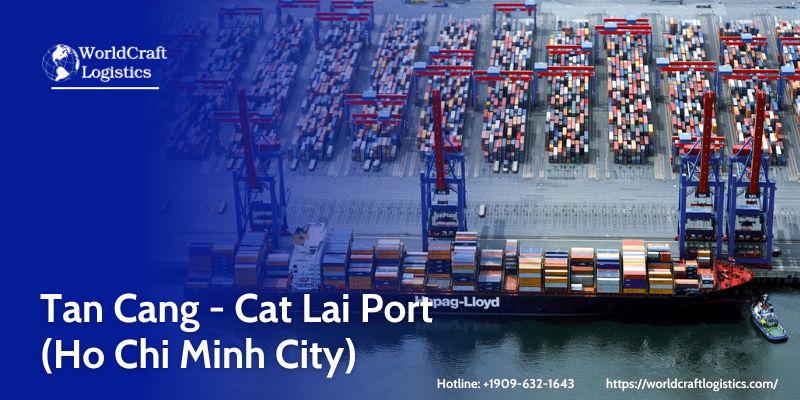
Located in Ho Chi Minh City, Tan Cang - Cat Lai Port is the biggest port in Vietnam in terms of container throughput. Handling over 5 million TEUs (Twenty-foot Equivalent Units) annually, this port is a cornerstone of Vietnam’s logistics network. Positioned on the Saigon River, Tan Cang - Cat Lai Port serves as a primary gateway for imports and exports in Southern Vietnam. It is particularly crucial for handling goods related to the electronics, textile, and footwear industries, which are among Vietnam’s top exports.
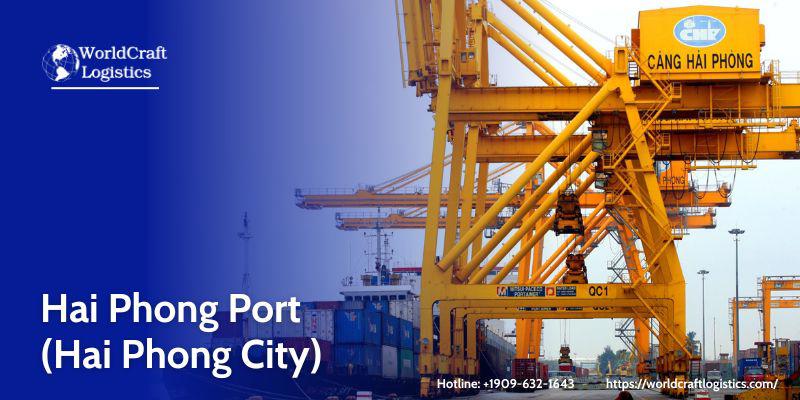
Hai Phong Port is one of the oldest and most significant ports in Vietnam, serving as the main port for Hanoi and the northern industrial zones. This port plays a pivotal role in the vietnam sea port list, handling various types of cargo, including containers, bulk goods, and liquid products. With its strategic proximity to China, Hai Phong Port is vital for trade between the two nations. The port’s infrastructure supports the import of raw materials and the export of finished goods, making it essential for industries such as manufacturing and agriculture.
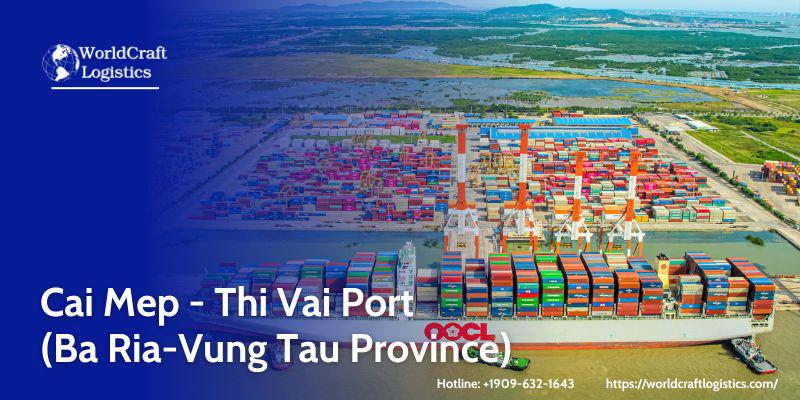
Cai Mep - Thi Vai Port, located in Ba Ria-Vung Tau Province, is one of the major ports in Vietnam with a rapidly growing capacity. This deep-water port can accommodate ultra-large vessels, including those over 200,000 DWT (Deadweight Tonnage), making it one of the few ports in Southeast Asia capable of handling such large ships. Cai Mep - Thi Vai is crucial for exporting key Vietnamese products, such as crude oil, coal, and steel. Additionally, it serves as a transshipment hub for goods destined for other parts of Asia and beyond.
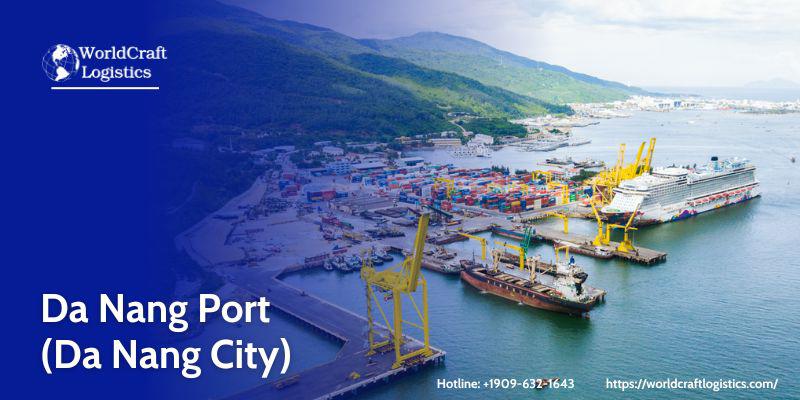
Da Nang Port, located in central Vietnam, is a critical node in the vietnam sea port list. It facilitates trade for the central region, including major economic hubs like Da Nang and nearby provinces. The port is equipped to handle a variety of cargo types, including containers, bulk goods, and general cargo. Positioned along the East-West Economic Corridor, Da Nang Port connects Vietnam with Laos, Thailand, and Myanmar, making it a strategic point for the import and export of goods to and from these countries.
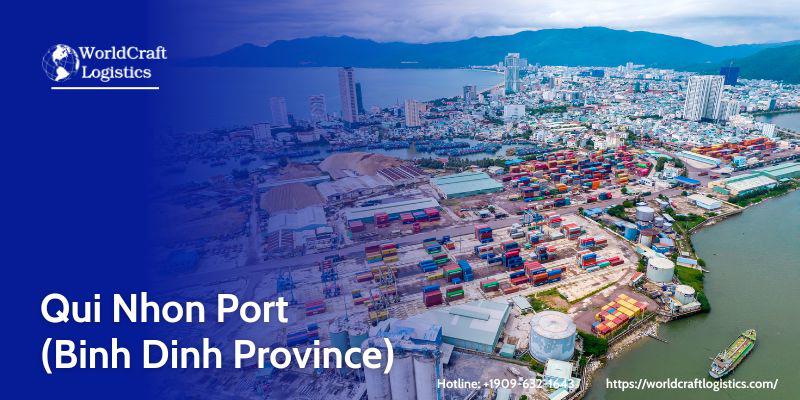
Qui Nhon Port is a versatile seaport located in Binh Dinh Province, central Vietnam. This port is a key hub for exporting agricultural products, minerals, and other goods from the central regions of the country. Recent modernization efforts have enhanced Qui Nhon Port’s capacity, allowing it to handle larger volumes of trade. Its strategic location and upgraded infrastructure make it an essential part of the sea port in Vietnam network, contributing significantly to the country’s export sector.
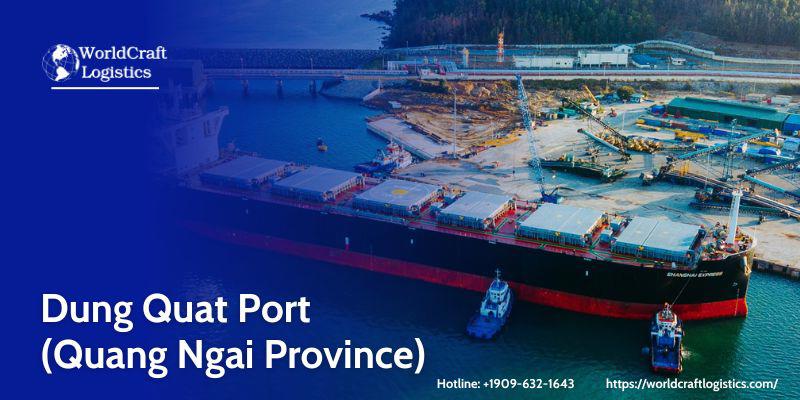
Dung Quat Port is a specialized port located in Quang Ngai Province, central Vietnam. It primarily serves the Dung Quat Industrial Zone, which is home to one of Vietnam’s largest oil refineries. The port handles the import of crude oil and the export of refined petroleum products, making it a critical part of Vietnam’s energy infrastructure. Dung Quat Port’s capabilities are expanding, with plans to increase its capacity to handle larger vessels and more diverse types of cargo.

Van Phong Port, located in Khanh Hoa Province, is a promising deep-water port within the Van Phong Economic Zone. Its deep-water capabilities enable it to accommodate large vessels, making it ideal for handling various cargo types. Positioned along Vietnam's central coastline, the port provides strategic access to key international shipping routes and is set to become a significant gateway for trade in central and southern Vietnam.
Currently under development, Van Phong Port aims to alleviate congestion at major ports like Cai Mep - Thi Vai and Tan Cang - Cat Lai. Its expansion will enhance Vietnam’s maritime infrastructure, supporting increased trade and serving as a key hub for industries such as oil and gas, minerals, and manufacturing.
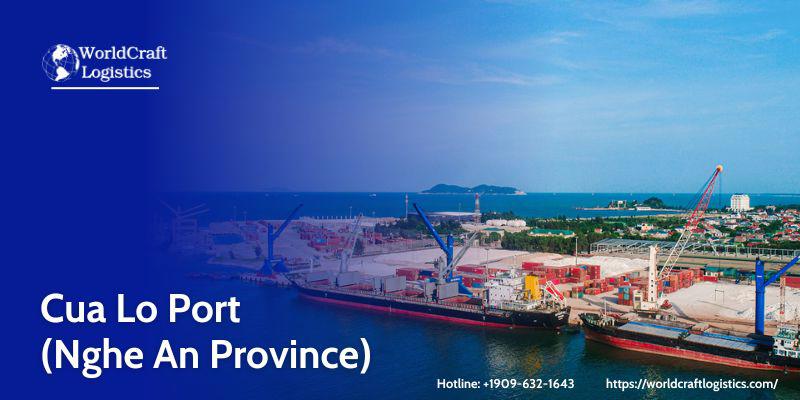
Cua Lo Port, located in Nghe An Province, is a key regional port serving northern central Vietnam. It handles a diverse range of cargo, including construction materials, agricultural products, and consumer goods. Positioned strategically along the coast, Cua Lo Port facilitates trade for the north-central provinces and supports regional economic development.
Though smaller compared to major ports like Hai Phong, Cua Lo Port plays a vital role in local trade and logistics. Its capabilities support the import and export needs of the area, contributing to the overall efficiency of Vietnam’s maritime trade network. The port's continued development aims to enhance its capacity and functionality, further integrating it into the country's broader logistics infrastructure.
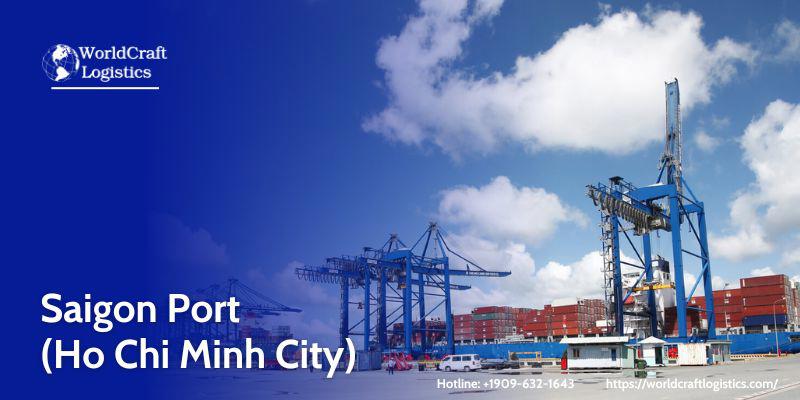
Saigon Port, situated in Ho Chi Minh City, is one of Vietnam’s oldest and most vital ports. It serves as a major gateway for the southern region, handling a significant volume of cargo including containers, bulk goods, and general cargo. The port’s strategic location on the Saigon River makes it a key hub for imports and exports, particularly for industries such as textiles, electronics, and machinery.
Although it operates alongside the more modern Tan Cang - Cat Lai Port, Saigon Port remains crucial for managing the high volume of trade in Ho Chi Minh City. The port's extensive facilities and connectivity support both domestic and international trade, contributing significantly to the economic vitality of the southern region and Vietnam’s overall maritime trade network.
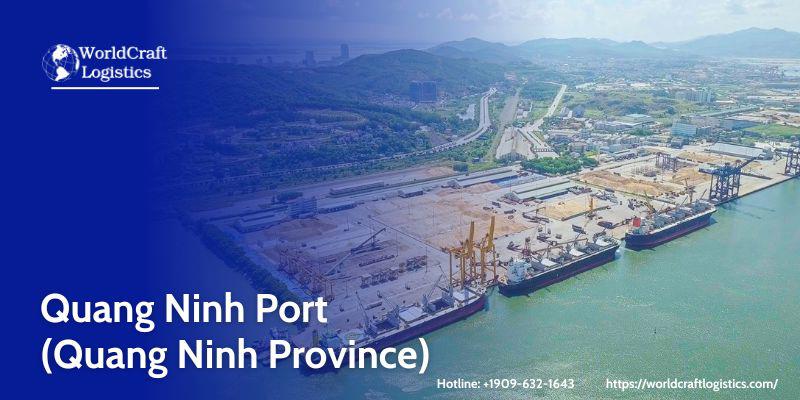
Quang Ninh Port, located in Quang Ninh Province, is a significant port serving northern Vietnam. This port is strategically positioned to support the trade needs of the region, particularly in the Ha Long Bay area, which is a key economic and tourism hub. Quang Ninh Port handles a variety of cargo, including coal, minerals, and general goods, making it integral to the local economy.
The port's proximity to major industrial zones and its role in facilitating the export of coal and other natural resources enhance its importance in Vietnam’s maritime trade network. Quang Ninh Port is undergoing development to expand its capabilities and improve efficiency, aiming to better serve regional trade and contribute to the broader logistics infrastructure of northern Vietnam.
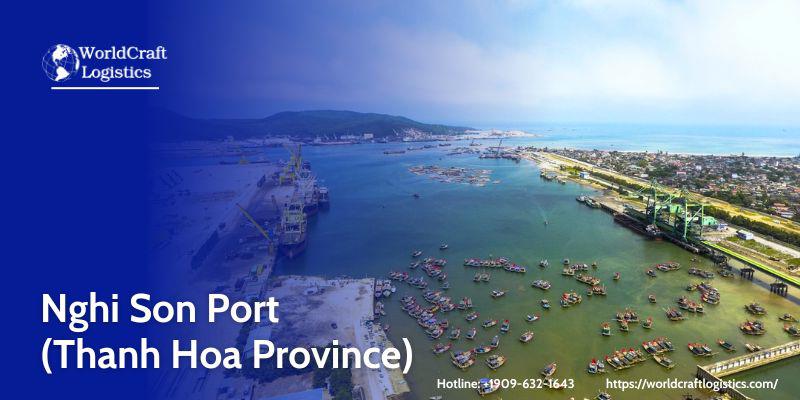
Nghi Son Port, located in Thanh Hoa Province, is a growing port that serves the central and northern regions of Vietnam. This port is particularly important for the import and export of industrial goods, including cement, steel, and chemicals. Nghi Son Port’s development has been driven by the establishment of the Nghi Son Economic Zone, which attracts significant foreign investment and contributes to the port’s increasing cargo volumes.
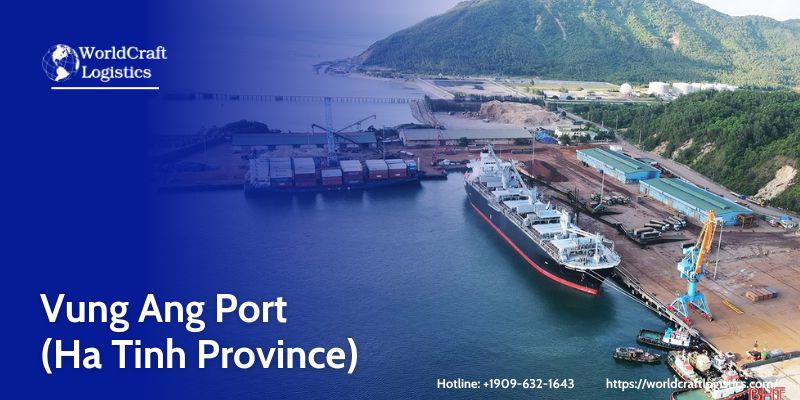
Vung Ang Port, located in Ha Tinh Province, is a deep-water port strategically important for central Vietnam. It is a key entry point for raw materials such as iron ore and coal, essential for the nearby industrial zones, including steel plants. The port also facilitates the export of steel products and other bulk goods.
Vung Ang Port's deep-water capabilities allow it to accommodate large vessels, enhancing its role in handling substantial cargo volumes. As part of the Vung Ang Economic Zone, the port is integral to the region's economic development, supporting both industrial and trade activities. Its ongoing expansion aims to boost capacity and streamline operations, reinforcing its position in Vietnam’s maritime trade network.
Vietnam’s rapid economic growth and increasing trade volumes have led to the development of several emerging and specialized sea ports in Vietnam. These ports are designed to handle specific types of cargo or serve particular industries, reducing congestion at the major ports and offering alternative routes for international trade.
Hon La Port, situated in Quang Binh Province, is a small but strategically important port that serves the central region of Vietnam. The port handles the export of construction materials, timber, and agricultural products. Hon La Port’s location near the border with Laos makes it a key transit point for goods moving between Vietnam and Laos, supporting cross-border trade.
My Thoi Port, located in An Giang Province in the Mekong Delta, is a specialized port that focuses on the export of agricultural products, particularly rice and seafood. The port’s infrastructure is designed to handle bulk cargo, making it a crucial hub for the region’s agricultural exports. My Thoi Port’s proximity to the Cambodian border also facilitates trade between Vietnam and Cambodia, further enhancing its strategic importance.
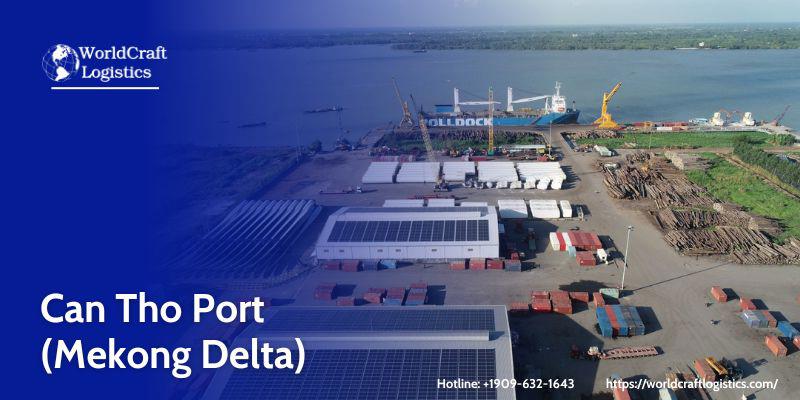
Can Tho Port, situated in the heart of the Mekong Delta, is a vital port for the agricultural export sector. The port handles a significant portion of the country’s rice exports, along with other agricultural products like fruits and seafood. Can Tho Port’s strategic location along the Hau River enables it to serve as a key export hub for the Mekong Delta, which is known as Vietnam’s "rice bowl." The port’s infrastructure supports a growing volume of trade, contributing to the region’s economic development.
Lach Huyen Port, a deep-water port in Hai Phong, is an emerging star in the vietnam sea port list. Opened in recent years, Lach Huyen is designed to accommodate large container ships, reducing congestion at the older Hai Phong Port. The port is crucial for the import and export of goods such as electronics, machinery, and textiles. Its modern facilities and deep-water capabilities make it a key gateway for goods entering and leaving Northern Vietnam, further enhancing the region's connectivity to global markets.
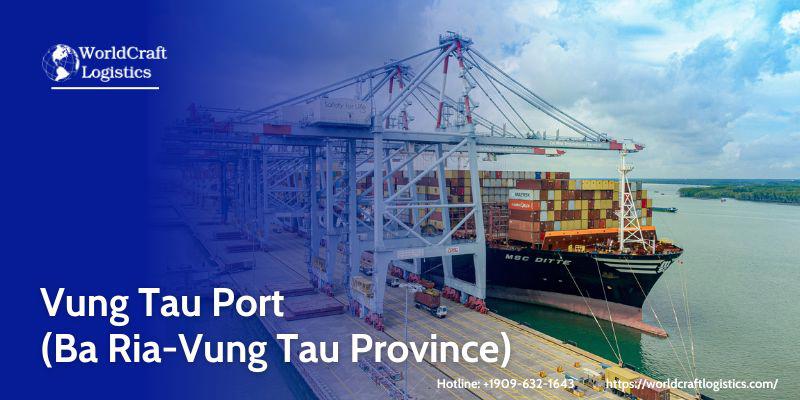
Vung Tau Port is another major port located in the Ba Ria-Vung Tau Province, near the mouth of the Saigon River. This port is integral for the export of oil, gas, and seafood, industries that are vital to Vietnam’s economy. Vung Tau Port’s deep-water capabilities also make it suitable for handling large vessels, further cementing its role as a crucial node in Vietnam’s maritime trade network.
Did you know that the United States is home to some of the world's most important ports, serving as major gateways for international trade? Read our article US Seaports with Billions of Dollars in Annual Revenue to explore major ports in the United States, focusing on their importance, capabilities, and role in global trade.
The major ports in Vietnam are indispensable to the country’s role in global trade. They not only facilitate the export of Vietnam’s key commodities, such as textiles, electronics, and agricultural products, but also support the import of essential raw materials and goods. The efficient operation of these ports is crucial for maintaining the competitiveness of Vietnamese products in the global market and ensuring the country’s continued economic growth.
Vietnam’s seaports in Vietnam are not only entry and exit points for goods, but also important components of the country’s economic infrastructure. The list of Vietnam seaports highlighted by Worldcraft Logistics in this article emphasizes the strategic importance of these ports in facilitating international trade and promoting economic development. As Vietnam continues to integrate into the global economy, the role of these major ports in Vietnam will become increasingly important, ensuring that the country remains a key player in global maritime trade.
SEO
Digital Marketing/SEO Specialist
Simon Mang is an SEO and Digital Marketing expert at Wordcraft Logistics. With many years of experience in the field of digital marketing, he has shaped and built strategies to effectively promote Wordcraft Logistics' online presence. With a deep understanding of the logistics industry, I have shared more than 500 specialized articles on many different topics.

Hot News
08/05/2024
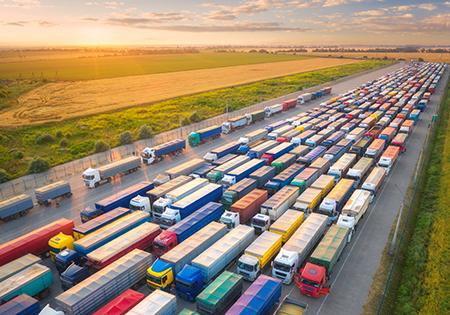
Hot News
02/23/2023

Hot News
02/23/2023

Hot News
02/06/2023
Hot News
02/07/2023